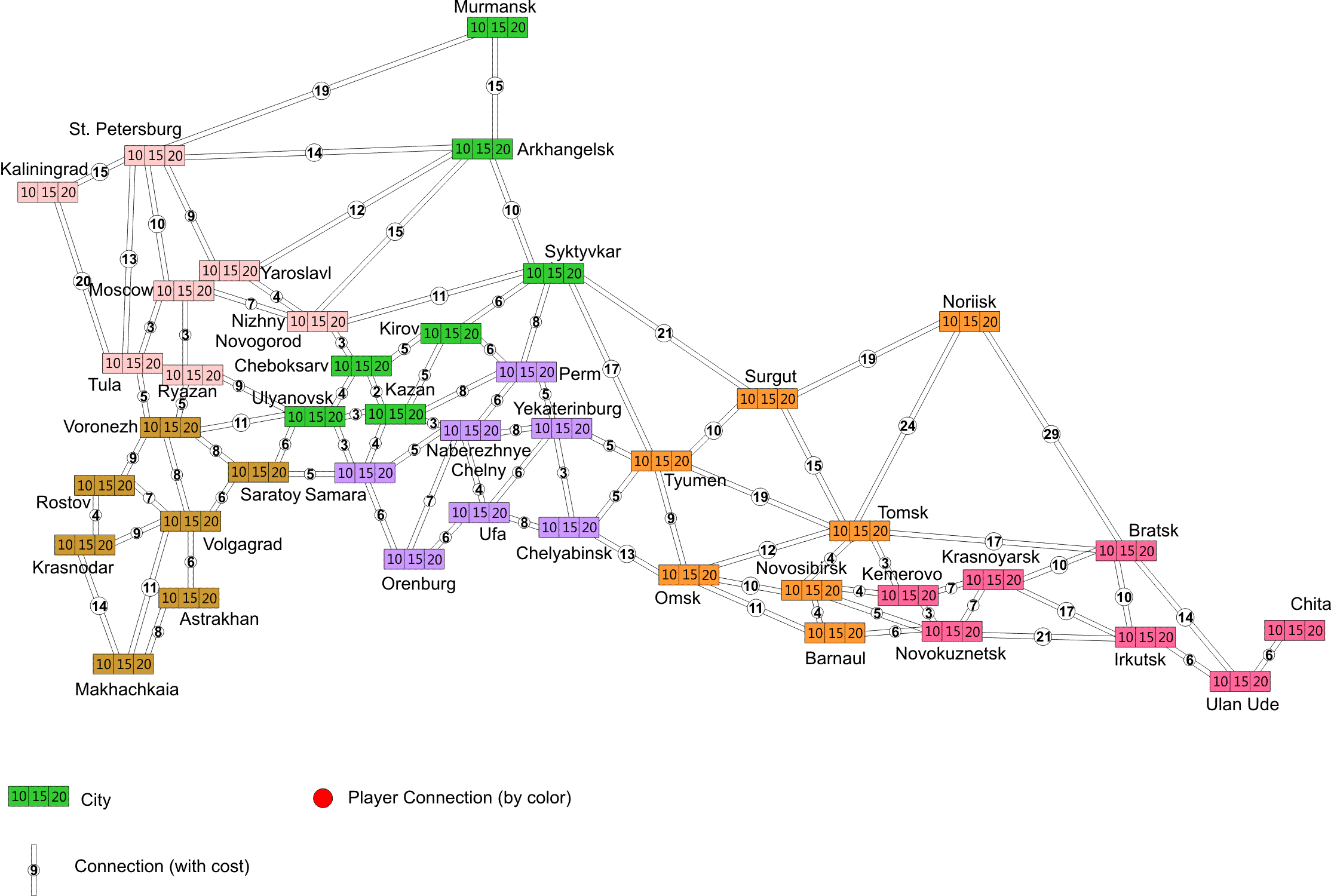BAE Systems locks in F-35 JSF missile deal
By Paul Cleary April 7, 2017
Australia is on track to acquire the high-stealth Joint Strike Missile for its fleet of 72 F-35 fighter-bombers with the federal government set to announce a further $23 million investment in the program with Norway.
The Australian understands the Defence department has signed a contract with Norway’s Kongsberg Defence Systems to continue development of the missile together with BAE Systems Australia.
Under the terms of the contract, Kongsberg will work towards integrating BAE’s passive radio frequency (PRF) sensor into the missile system.
The deal positions BAE to sell its missile guidance technology globally. With as many as 3000 F-35 Joint Strike Fighters to be produced over the next decade, the market for Australia’s technology could be very big. The missile can also be deployed externally on the F-16, F/A-18 and F-15 aircraft.
The PRF would be made at BAE’s Edinburgh Park facility in South Australia.
Kongsberg’s vice-president for missile systems, Pal Bratlie, told The Australian how the idea of converting its naval strike missile (NSM) into the JSM came from an Australian missile expert. Subsequently, the Australian government funded BAE Systems to develop an advanced sensor system for the JSM. Mr Bratlie says the Australian support for the project goes back to 2004.
“All through the development of the JSM we’ve had close dialogue with Australia,” Mr Bratlie said. BAE brought “certain unique capabilities” to the project.
The missile is designed to address a serious capability gap in that Western powers, the US especially, have been so focused on ground wars in Iraq, Syria and Afghanistan that they have not been looking at air-to-sea capability, Mr Bratlie said.
The JSM is the only fifth-generation strike missile that is designed to fit inside the bomb bay of the F-35, which means it does not impair the aircraft’s stealth.
The JSM has twice the range than the original NSM, which can reach only 100 nautical miles, and it is a very accurate missile.
While its speed of 1000km/h and range are not as great as Russian competitors, the JSM makes up for this with very low detection. The missile minimises enemy detection and protects the launch aircraft by using a so-called stand-off range at the time of being launched. Further, it flies close to sea level when launched over sea and tracks the terrain when launched over land.
Existing missile capability would detract from the JSF’s performance given that they would hang beneath the wings, and they do not have the stealth qualities of the JSM.
“There’s been very little done since the Harpoon — they have a lot of catching up to do,” Mr Bratlie said. “The JSM has seeker capability including an imaging infra-red seeker providing target selection technology for detection, recognition and discrimination of targets which ensures we are not hitting the wrong target.”
BAE Systems’ aerospace director Steve Drury said the contract between Defence and Kongsberg would position the company’s technology “a step closer to being used in the JSM”.
“The contract will enable Kongsberg to continue the integration and qualification of BAE Systems’ passive radio frequency sensor into the system,” he said.
To this end, BAE Systems will supply qualified and low-rate initial production sensors to Kongsberg for use in its qualification activities.
Together with the PRF, Mr Drury said BAE would supply a highly sensitive electronic support measure (ESM) receiver for incorporation on the JSM.
Asked how the BAE technology would enhance the effectiveness of the missile, he said: “The combination of this PRF sensor with Kongsberg’s existing Imaging Infra-Red seeker provides a significant enhancement enabling the platform to detect, identify and geolocate all radio frequency emitters in the environment at long range. These identifications when fused with the data from the Imaging Infra-Red seeker will provide an increase in operational capability.”
BAE’s work on the JSM since 2009 has been supported by other federal government programs.
The company obtained support from the now-defunct Priority Industry Capability Innovation Program (PICIP).
Under this Defence-funded program, BAE Systems received a grant in 2013 to help commercialise the PRF technology.
The JSM is on track for final qualification next year. The US carried out a test firing last year at its Utah range. The test completed another “milestone towards full integration on the F-35”, said Eirik Lie, acting president Kongsberg Defence Systems.
BAE Systems is Australia’s specialist manufacturer of missile control and guidance systems.
Kongsberg, founded in 1814, has also partnered with Raytheon to develop and market the JSM in the US.
Defence department did not respond to questions.



